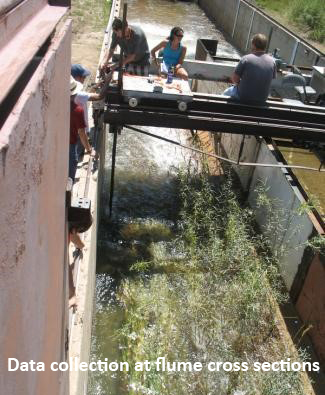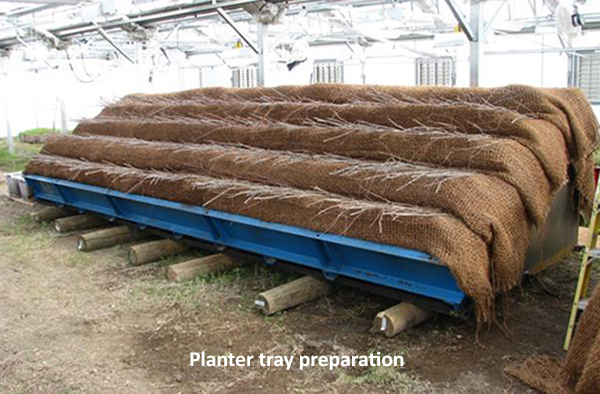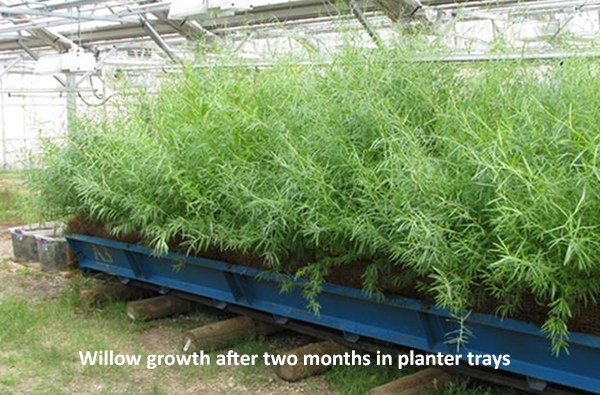Environmentally Sensitive Streambank Stabilization Takes Root in TRB Research
 When you’re driving down the highway and cross a bridge with a river or stream flowing below, have you ever looked at what lies beneath? Probably not if you’re driving (safety first!) – but next time you’re a passenger, take a look. Protection measures installed on the riverbank are critical to protecting the adjacent roadway. And these days, keeping a streambank stable isn’t as simple as just putting in a few rocks; streambank stabilization is a complex science.
When you’re driving down the highway and cross a bridge with a river or stream flowing below, have you ever looked at what lies beneath? Probably not if you’re driving (safety first!) – but next time you’re a passenger, take a look. Protection measures installed on the riverbank are critical to protecting the adjacent roadway. And these days, keeping a streambank stable isn’t as simple as just putting in a few rocks; streambank stabilization is a complex science.
Ayres engineers in the Fort Collins, Colorado, office are working on a research project, funded by the Transportation Research Board of the National Academy of Science, aimed at improving design criteria for environmentally sensitive bank stabilization and protection measures. Ayres conducted laboratory testing and field investigations to improve existing information used by state Departments of Transportation and other bridge owners.
In January 2014 small willow cuttings were harvested and then grown for about seven months in a Colorado State University greenhouse in Fort Collins. Then cranes were used to place 20-foot-long, 15-ton “planter trays” of willows in CSU’s research flume. In August and September 2014 water was run through the flume – and over the willows – at high rates (50, 100, and 150 cubic feet per second) to test how well the willows protected the soil in which they were rooted.
The research aimed to test the methods on a real-world scale to see whether they will hold up and provide reliable protection in areas such as upstream and downstream of a bridge to control erosion around bridge abutments. The March/April issue of Land and Water magazine detailed the environmentally sensitive streambank research that preceded this project and refers to the research currently being conducted by Ayres and its research partners.



Post a comment: